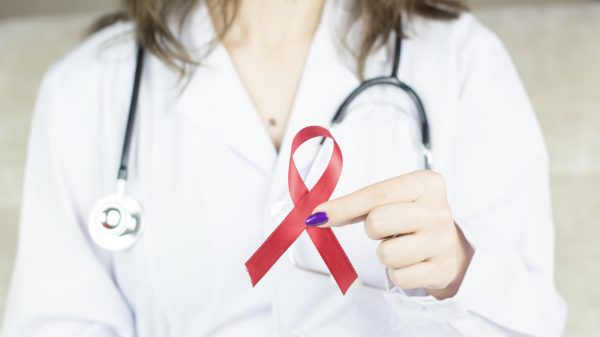Not even one in eight gay or bisexual men with HIV spontaneously cleared a recent infection with hepatitis C. This is according to a study that similarly found that if hepatitis C virus levels don’t decline within a month of diagnosis in gay or bisexual men with ongoing risk behavior, direct-acting antiviral treatment should be offered upon diagnosis.
Spontaneous clearance of hepatitis C has been observed in between 25% and 50% of people without HIV and is more common in women. But in people with HIV, cohort studies have reported spontaneous clearance rates between 5% and 20%. For the researchers, therefore, determining how often spontaneous clearance happens and when it is no longer likely to happen could enable doctors to decide when to offer direct-acting antiviral therapy to people with recent infection. This is to treat acute infection that could limit the sexual transmission of hepatitis C among gay and bisexual men, considering that waiting for spontaneous clearance – which may be a low-probability event – could permit further hepatitis C transmission.
Ad so in this study – “Low spontaneous clearance rates of recently acquired hepatitis C virus in HIV-positive MSM (the PROBE-C study)” by Malte B Monin, Patrick Ingiliz, Thomas Lutz, et al that appeared in Clinical Infectious Diseases – the researchers enrolled 464 participants between 2007 and 2017, with all but seven of them men. Almost all participants were exposed to hepatitis C through sex between men. Sharing of injecting equipment was a risk factor for hepatitis C transmission in only 0.7% of those recruited to the study. Fifty-one participants were reinfected with hepatitis C.
Of all cases, 92% received combination antiretroviral therapy, with 91% showing suppressed HIV RNA levels (<200 copies/mL). The median maximum alanine aminotransferase level (IQR) was 445 (402–522) U/L. SC of RAHCV infection occurred in 55 of 464 cases (11.9%). A >2-log decline in HCV RNA levels 4 weeks after diagnosis of RAHCV infection was the strongest predictor of SC (P < .001; sensitivity, 96.4%; specificity, 97.5%; positive predictive value, 84.1%; negative predictive value, 99.5%).
The study found:
- Spontaneous clearance occurred in 55 participants (12%), a median of 13 weeks after the first positive HCV-RNA test, with three-quarters of all clearances occurring by 18 weeks.
- The absence of an HCV RNA decline of at least two logs, four weeks after diagnosis, was associated with a very high probability of persistent, or chronic, infection.
The researchers said that the findings leave no doubt as to when treatment should start in people who have been diagnosed with recent infection – i.e. four weeks after diagnosis if HCV viral load has not fallen by two logs.
Seventy-nine percent of participants subsequently initiated hepatitis C treatment in the 144-week follow-up period. Participants started pegylated interferon treatment a median of 14 weeks after diagnosis, compared to 44 weeks after diagnosis for people initiating direct-acting antiviral treatment.
The cure rate in people receiving direct-acting antivirals was 93%; in people receiving pegylated interferon, it was 73%.
The researchers stressed that direct-acting antiviral treatment should start as soon as recent hepatitis C infection is diagnosed, to limit onward transmission. And even if, to date, the long-term benefit of early hepatitis C treatment is unclear, “the consequence of not treating is clear in people with HIV: faster progression of liver progression and earlier development of liver cirrhosis and other complications, compared to people without HIV.”

































































